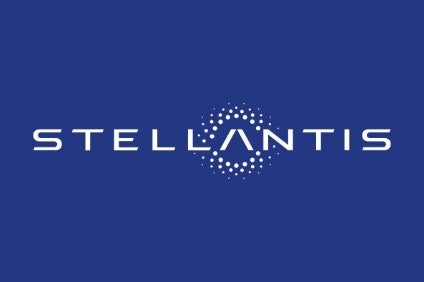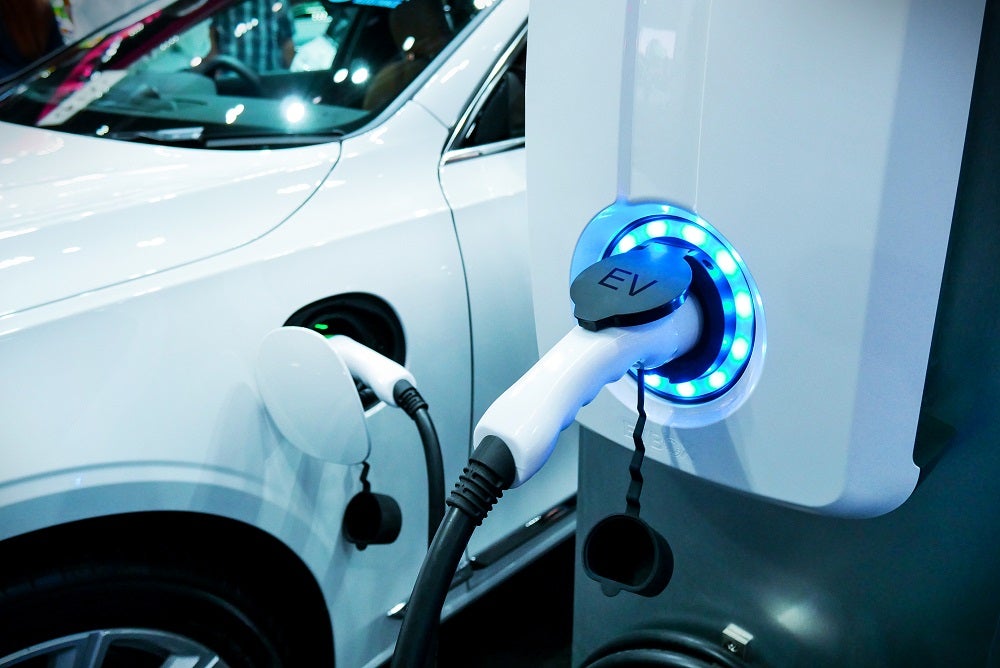The automotive industry continues to be a hotbed of patent innovation. Activity is driven by the need for vehicle emission control, and environmentally friendly vehicles and growing importance of technologies such as sensors, artificial intelligence, machine learning and autonomous vehicles. In the last three years alone, there have been over 1.7 million patents filed and granted in the automotive industry, according to GlobalData’s report on Electric vehicles in automotive: EV discharge prediction. Buy the report here.
According to GlobalData’s Technology Foresights, which uses over one million patents to analyze innovation intensity for the automotive industry, there are 300+ innovation areas that will shape the future of the industry.
See Also:
EV discharge prediction is a key innovation area in electric vehicles
While driving, EV batteries go through cycles of “discharge,” and they “charge,” when the car is plugged in. The remaining usable life of lithium-ion batteries in electric cars is estimated using AI algorithms.
GlobalData’s analysis also uncovers the companies at the forefront of each innovation area and assesses the potential reach and impact of their patenting activity across different applications and geographies. According to GlobalData, there are 30+ companies, spanning technology vendors, established automotive companies, and up-and-coming start-ups engaged in the development and application of EV discharge prediction.
Key players in EV discharge prediction – a disruptive innovation in the automotive industry
‘Application diversity’ measures the number of applications identified for each patent. It broadly splits companies into either ‘niche’ or ‘diversified’ innovators.
‘Geographic reach’ refers to the number of countries each patent is registered in. It reflects the breadth of geographic application intended, ranging from ‘global’ to ‘local’.
Patent volumes related to EV discharge prediction
Source: GlobalData Patent Analytics
Toyota Motor is the top patent filer in the EV discharge prediction innovation area. The company is experimenting with new approaches that use a machine learning model to forecast the life of a lithium-ion battery. The model can categorize batteries as having a long or short life expectancy based solely on the initial five cycles of charge and discharge. Ford Motor, Porsche Automobil, Honda Motor, Hyundai Motor, and iRobot are some of the other leading patent filers.
In terms of application diversity, iRobot held the top position, while Shell and LG stood in second and third positions, respectively. By means of geographic reach, Shell leads the pack, followed by iRobot and Gogoro.
To further understand the key themes and technologies disrupting the automotive industry, access GlobalData’s latest thematic research report on Electric Vehicles (EV).
Premium Insights
From

The gold standard of business intelligence.
Blending expert knowledge with cutting-edge technology, GlobalData’s unrivalled proprietary data will enable you to decode what’s happening in your market. You can make better informed decisions and gain a future-proof advantage over your competitors.






